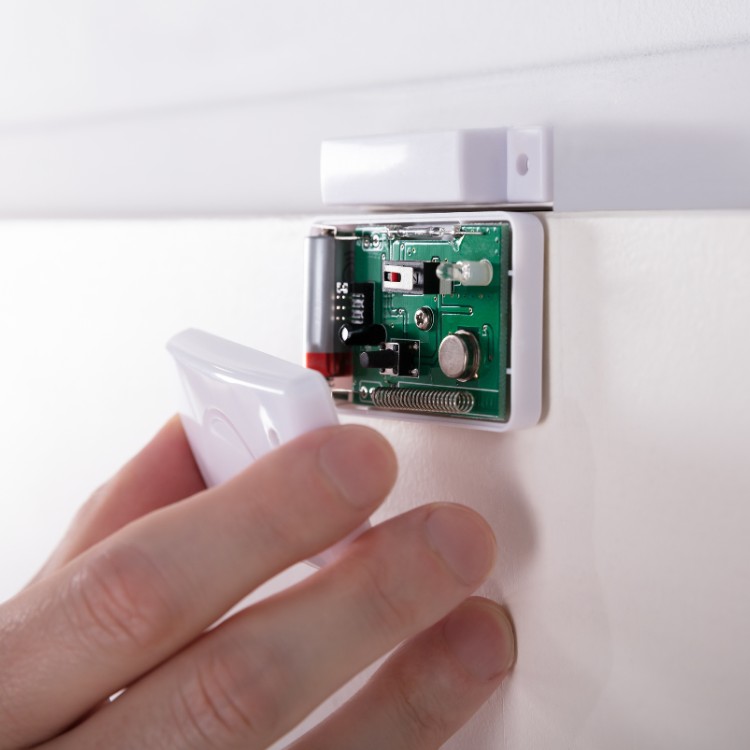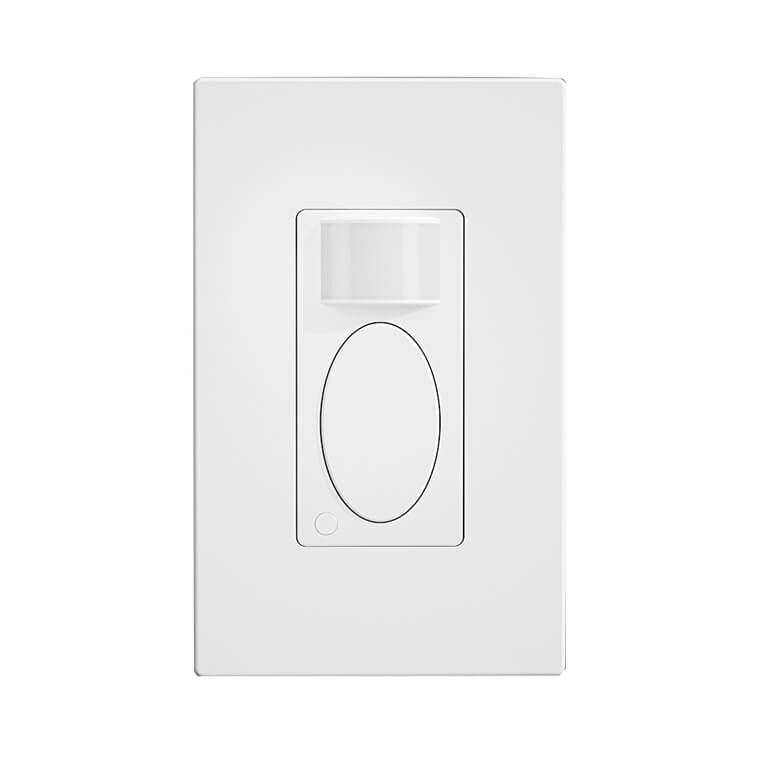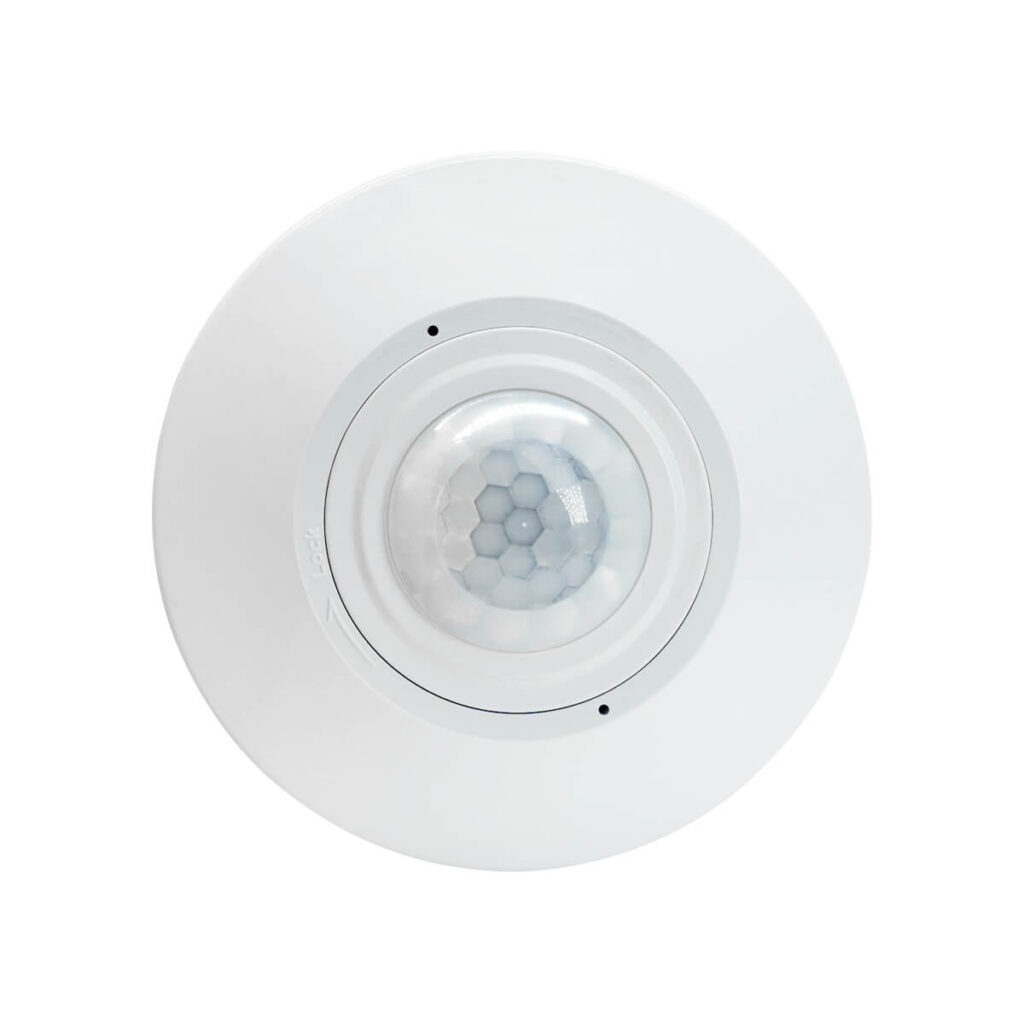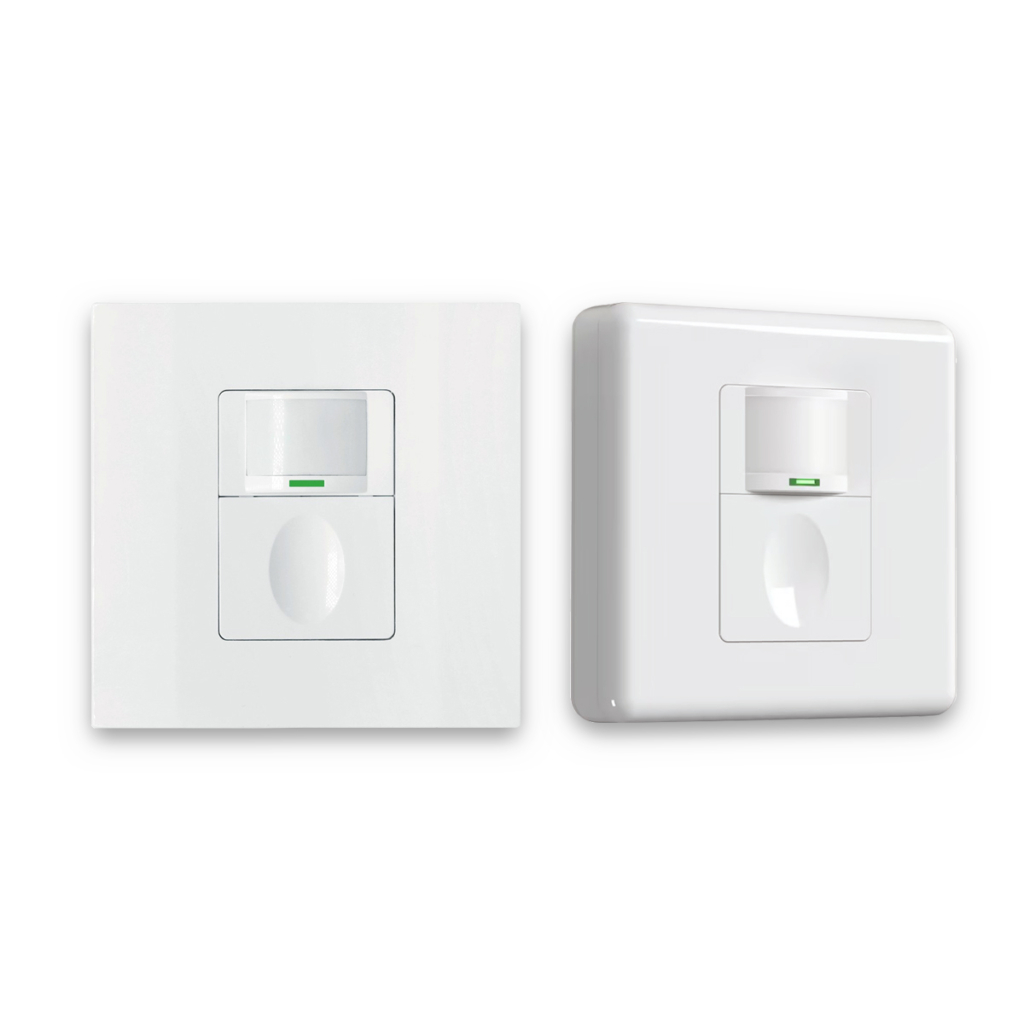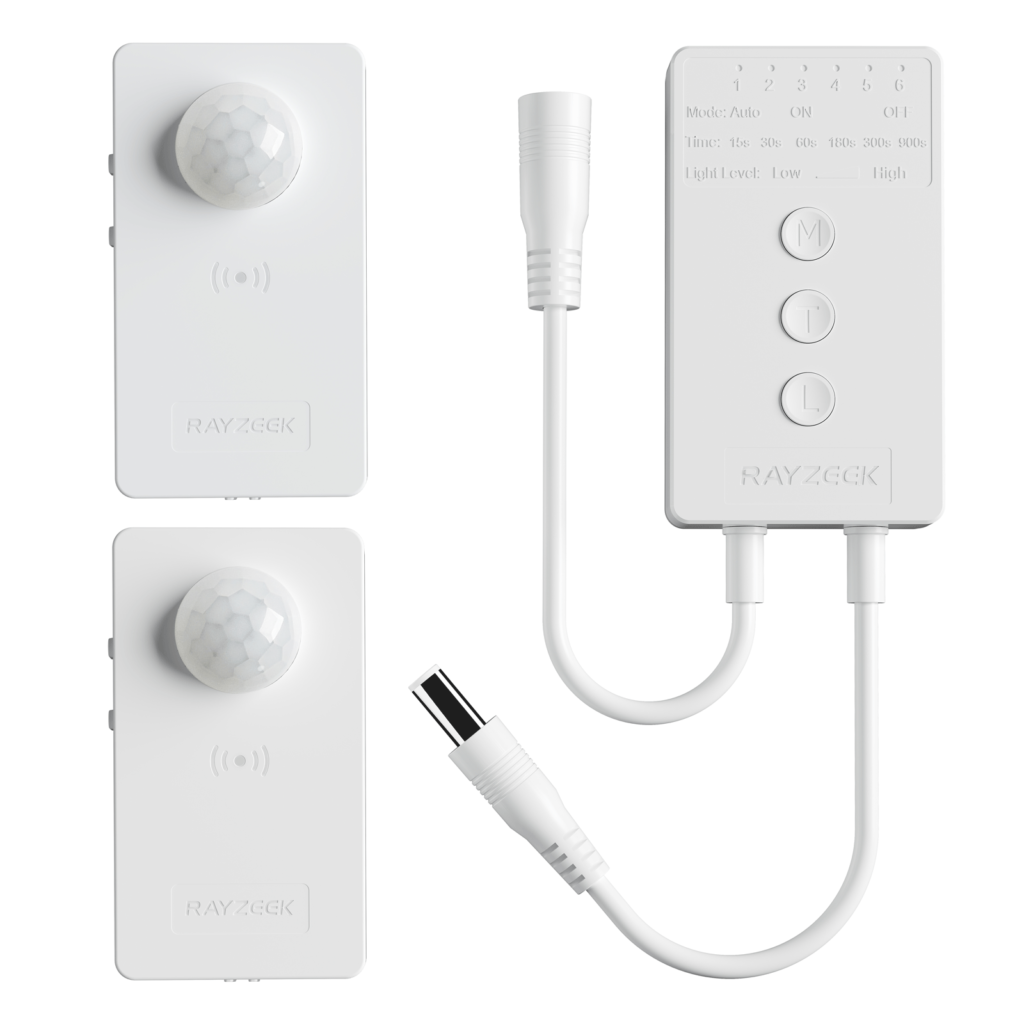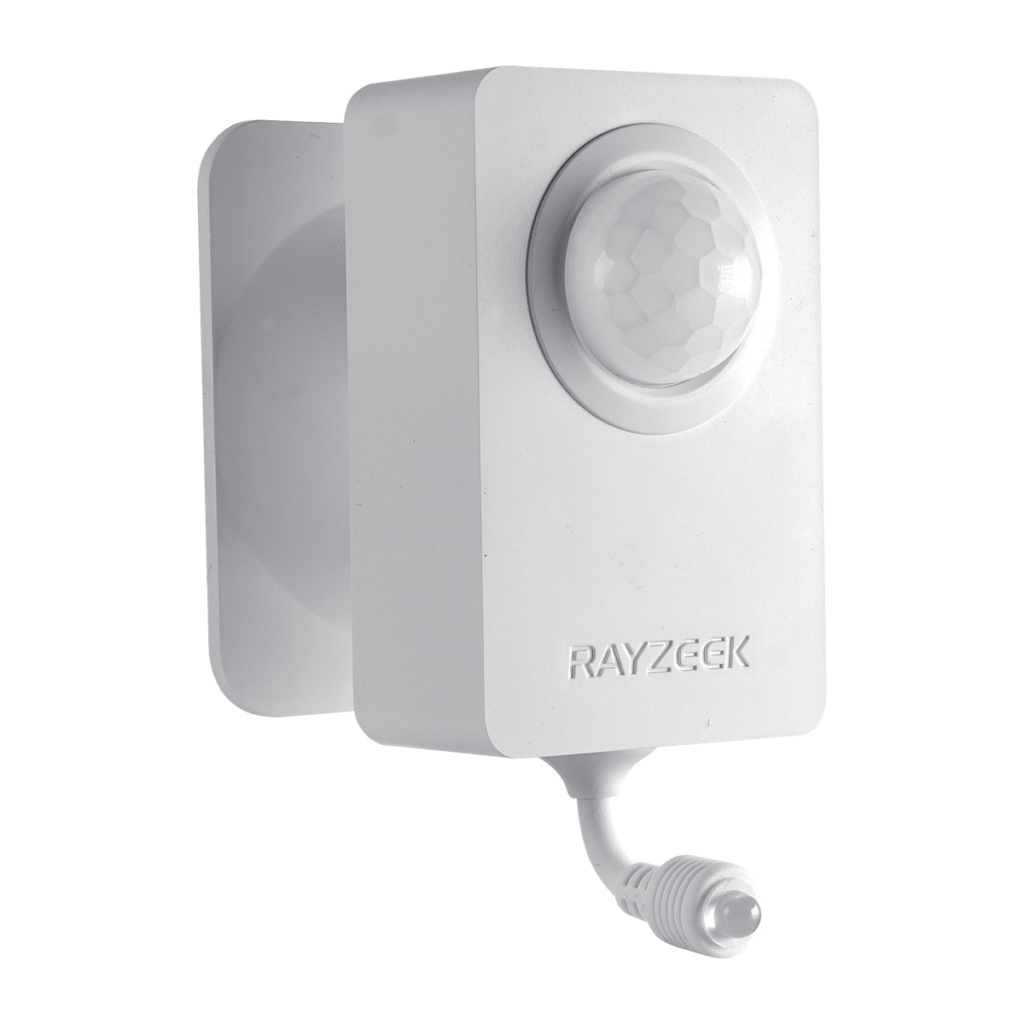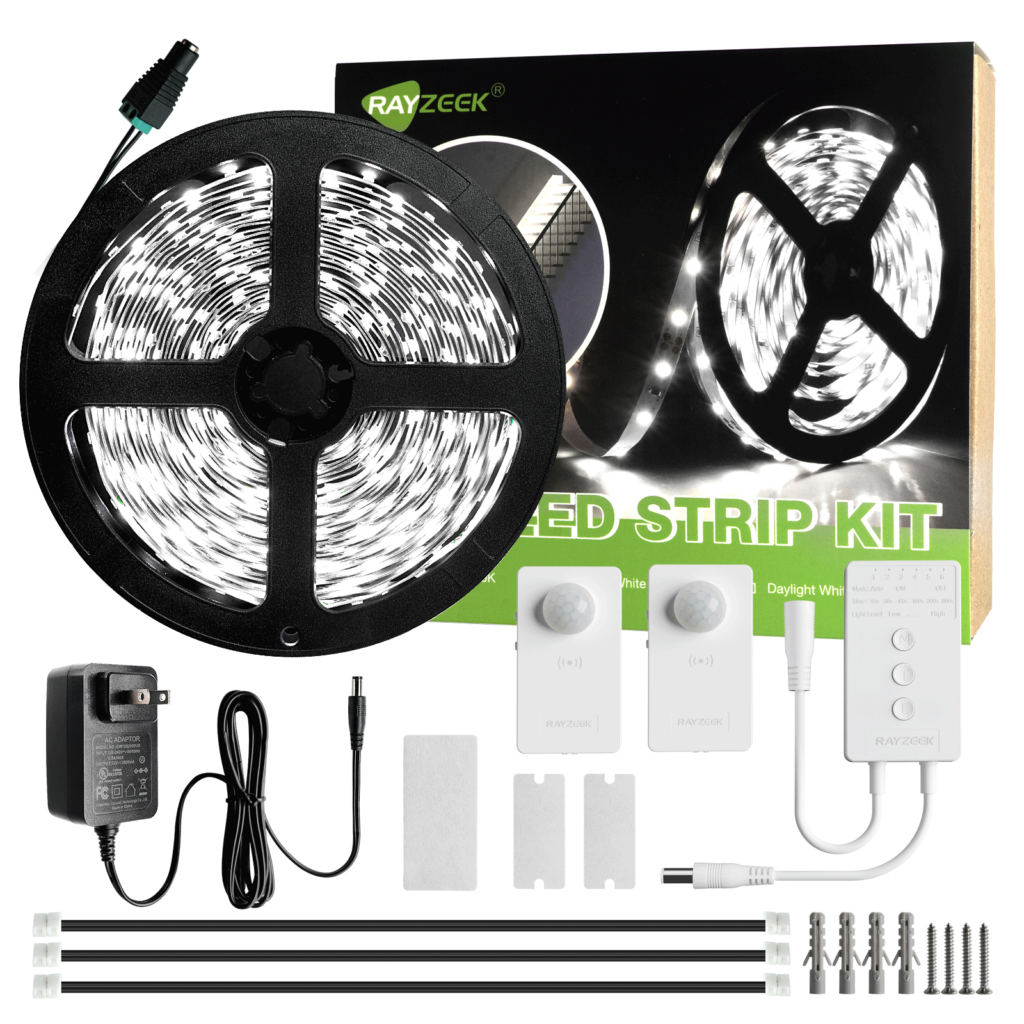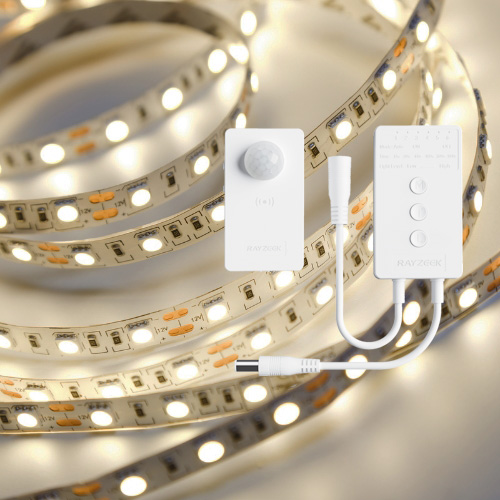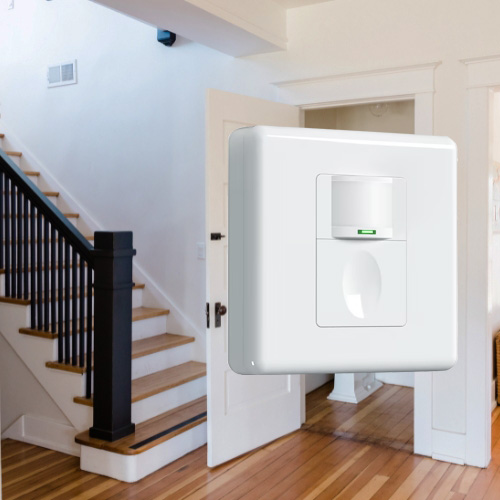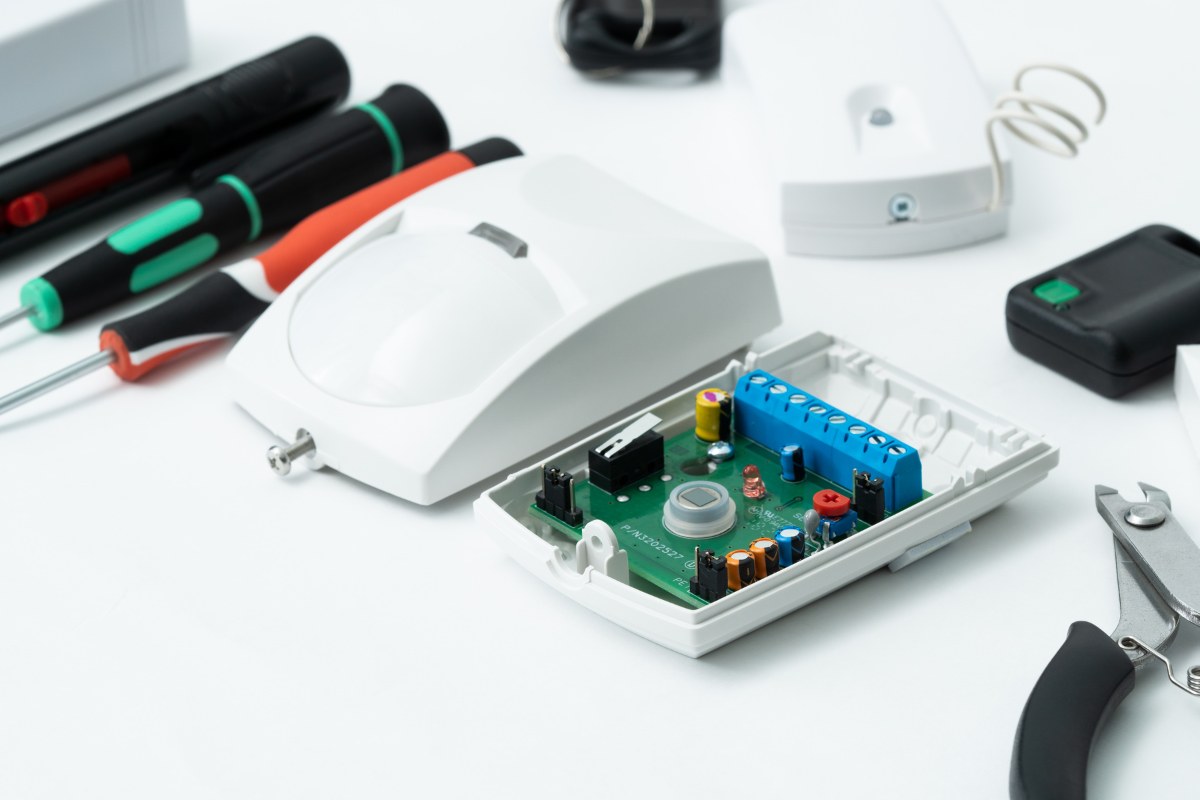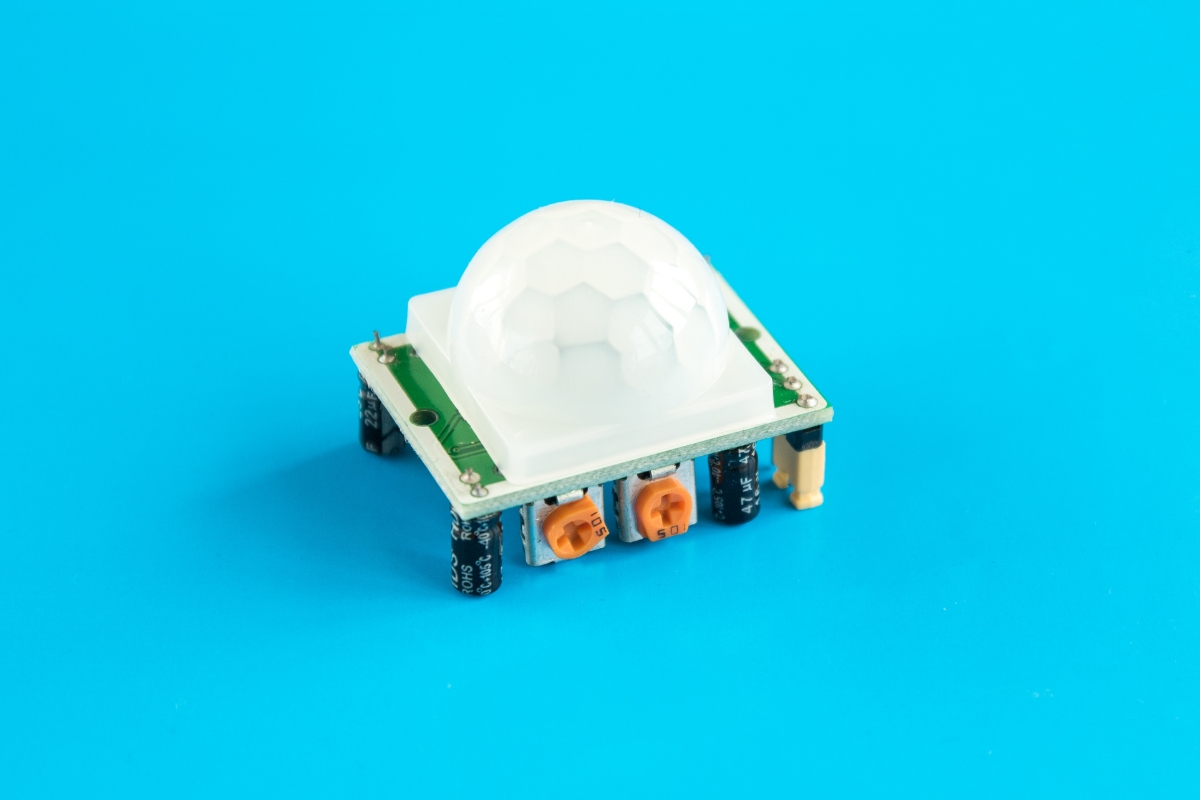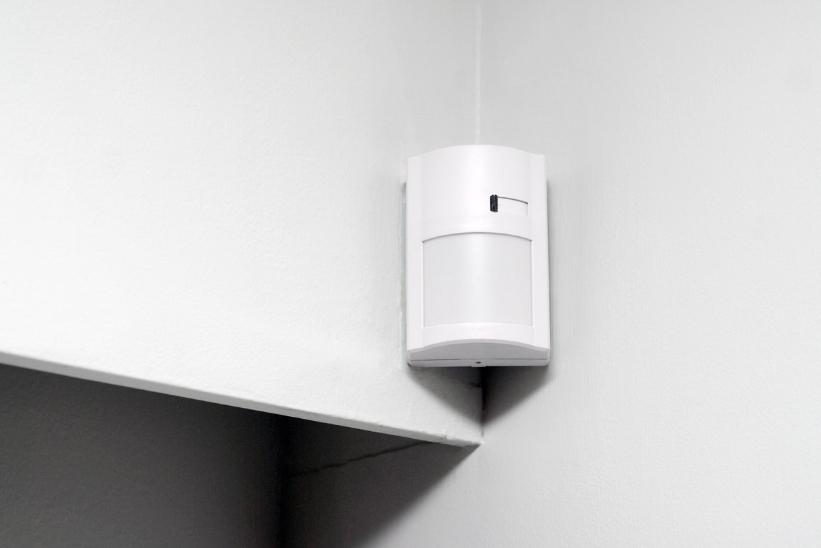חיישני תנועה
מציג 46–54 מתוך 54 תוצאה
-
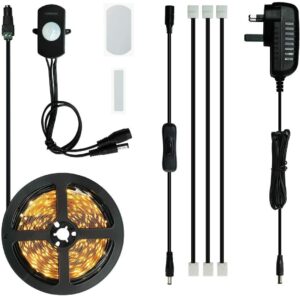
נורות רצועת חיישן תנועה 12V, ארה"ב
DT001US- מתח: DC 12V
- אורך: 2.5M/6M
- טמפרטורת צבע: לבן חם/קר
-

רצועת חיישן תנועה אורות 5V
DT5V- מתח: DC 5V
- אורך: 1M/2M
- טמפרטורת צבע: לבן חם/קר
-

מתאם מתח USB של בריטניה
מתאם מתח USB של בריטניה- מתאם מתח עם תקע בריטי
-

מתאם מתח USB אמריקאי
מתאם מתח USB אמריקאי- מתאם מתח תקע אמריקאי
-
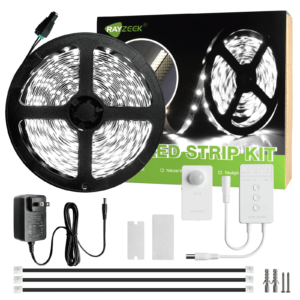
בקר אלחוטי ערכת חיישן תנועה 1X עם תאורת פס לד 6m (לבן קריר)
RZ016A-RZ016W-קר-לבן- מתח: DC 12V
- אורך: 2.5M/6M
- טמפרטורת צבע: לבן חם/קר
-
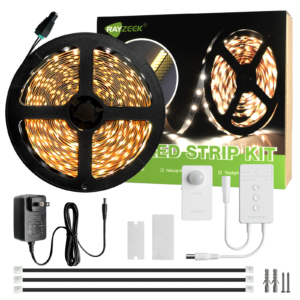
בקר אלחוטי ערכת חיישן תנועה 1X עם תאורת פס לד 6m (לבן חמים)
RZ016A-RZ016W-חם-לבן- מתח: DC 12V
- אורך: 2.5M/6M
- טמפרטורת צבע: לבן חם/קר
-
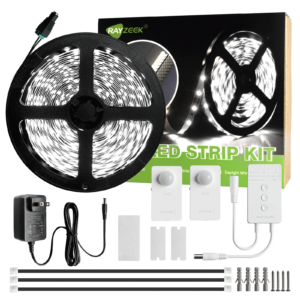
בקר אלחוטי ערכת חיישן תנועה 2X עם תאורת פס לד 6m (לבן קריר)
RZ016A-2-RZ016W-קר-לבן- מתח: DC 12V
- אורך: 2.5M/6M
- טמפרטורת צבע: לבן חם/קר
-
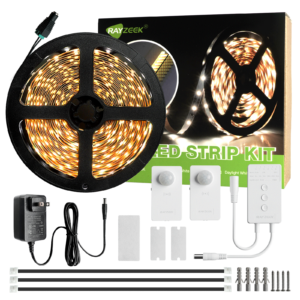
בקר אלחוטי ערכת חיישן תנועה 2X עם תאורת פס לד 6m (לבן חמים)
RZ016A-2-RZ016W-חם-לבן- מתח: DC 12V
- אורך: 2.5M/6M
- טמפרטורת צבע: לבן חם/קר
-
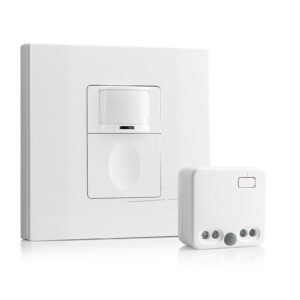
ערכת חיישן תנועה אלחוטית
RZ039- 100V-230VAC
- מרחק שידור: עד 20 מ'
- חיישן תנועה אלחוטי
- בקר מחובר ישירות לחשמל



